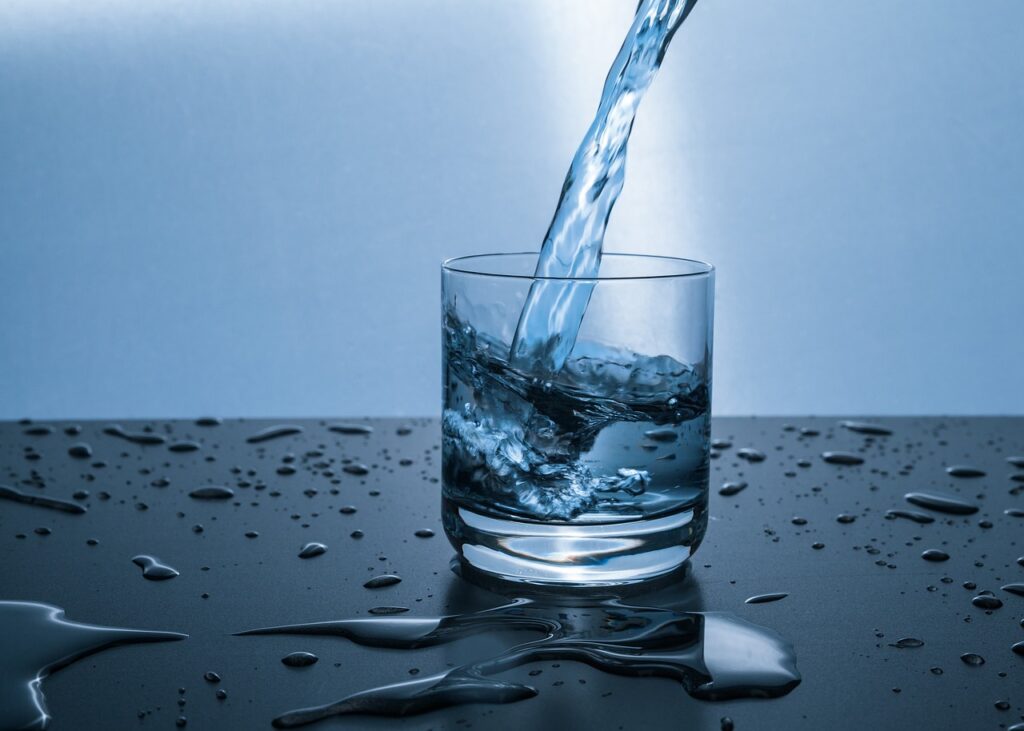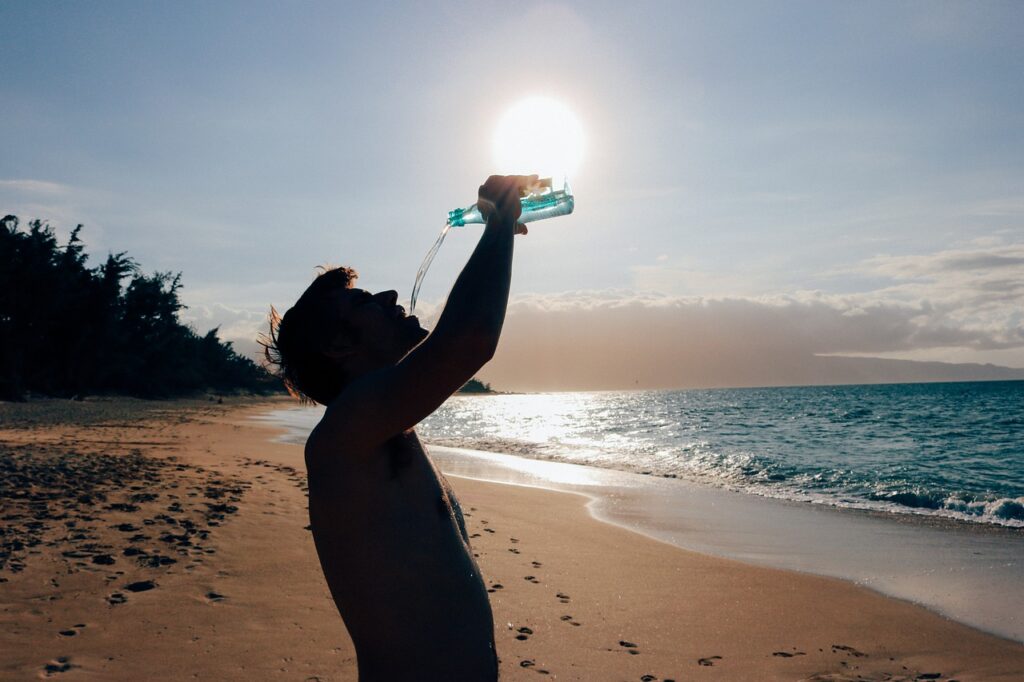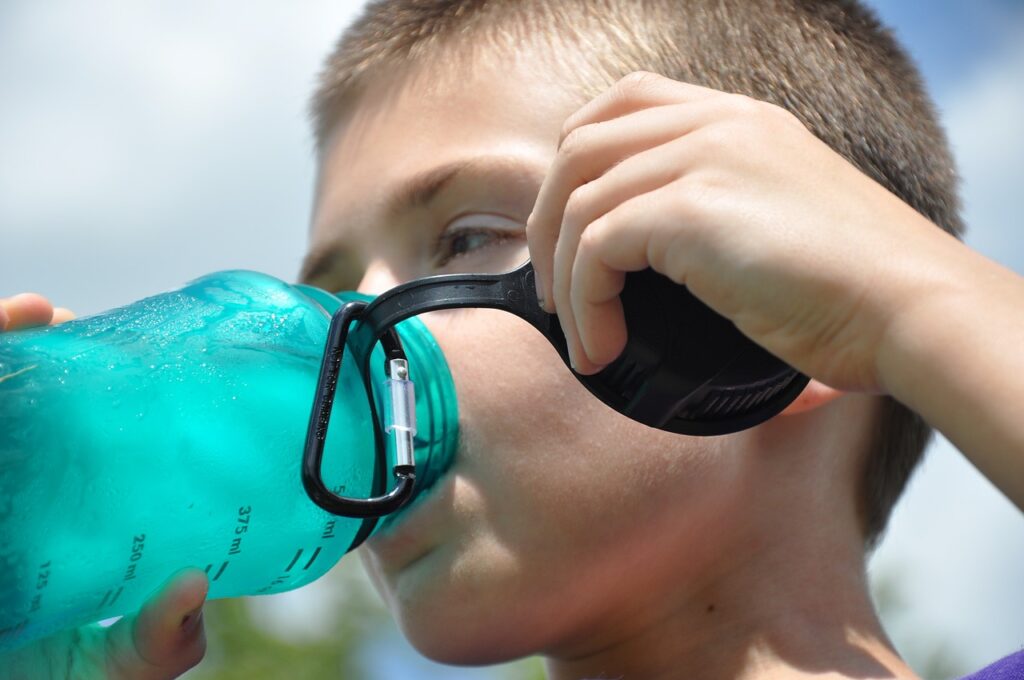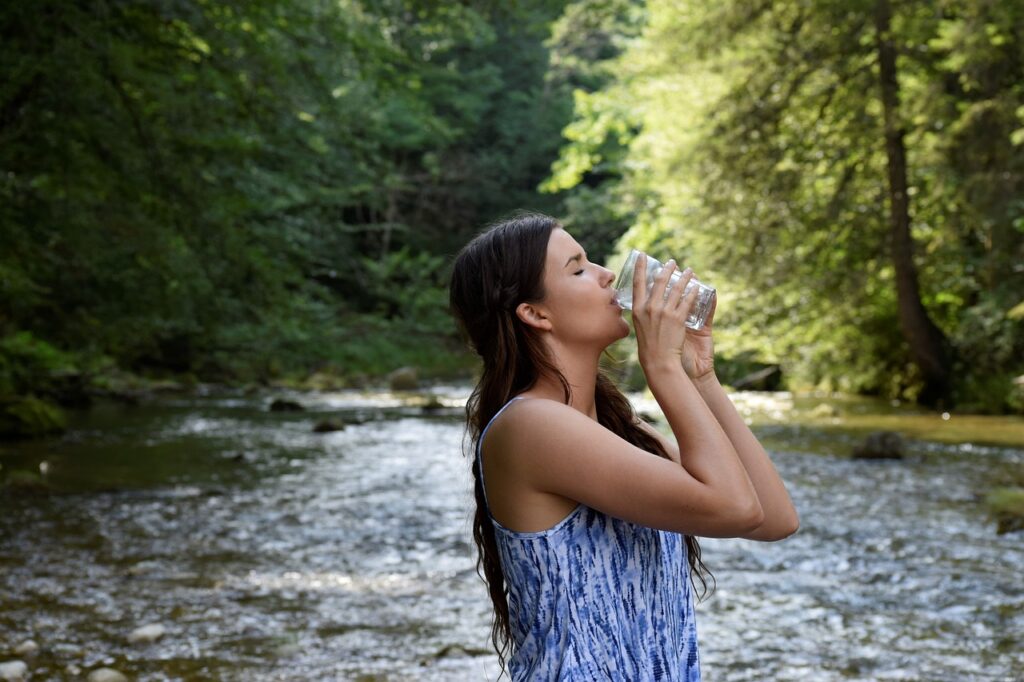The 8×8 Rule, it’s one of most heard rule about maintaining hydration levels that each health enthusiasts has most likely considered eventually as they continued looking for a better life. However, here’s the kicker – while you could have heard murmurs of this standard, questions prowl in the shadows. Is it the genuine rule? Does it really work? Or then again is it simply one more well being fantasy, bound to blur into obscurity?
Well lets disentangle the 8×8 Rule, study its origins and believes around it and present our discoveries under the brilliant spotlight of investigation. So, if you’ve ever wondered whether it’s worth your time or if it’s too good to be true, prepare to have your questions answered and your curiosity satisfied. Buckle up, it’s time to separate fact from fiction!

What is 8×8 Rule
The 8×8 Rule is straightforward: aim to drink eight 8-ounce glasses of water everyday, which amounts to around 64 ounces or about 2 liters. This rule fills in as a benchmark for day to day water consumption, however it’s not one-size-fits-all. Individual hydration needs can vary essentially based on factors like activity level, age, environment, and health conditions.
The 8×8 Rule can be long traced back to a proposal by the Food and Nutrition Board of the National Research Council in 1945. Around then, they encouraged grown-ups to consume around 2.5 liters (roughly 8 cups) of water each day.
This suggestion advanced into the more broadly perceived 8×8 Rule. It’s critical to take note of that this underlying rule didn’t determine that all the water should come from refreshments alone; it included water content from food varieties also.
8 x 8 Rule Further Explained
In 2002, Dr. Heinz Valtin, a physiology professor, led a broad survey on the 8×8 rule, revealing new insight into our day to day water intake needs, and was published it in the American Journal of Physiology. His goal was twofold: to uncover the starting points of the 8×8 rule and to decide if there was strong logical proof to support it. What Dr. Valtin found was both edifying and fairly astonishing. In spite of the longstanding conviction that we should hydrate day to day, his examination demonstrated that this belief may not be all around appropriate. In particular, he found that for healthy adults who are active and living in moderate climates, the requirement for such a significant volume of water may be pointless.

Dr. Valtin’s key insight was that our bodies get water from direct water utilization as well as from different sources, including food sources and drinks. This disclosure on a very basic level modified how we might interpret hydration needs. For some people, particularly the individuals who keep a decent eating regimen and consume different fluids, the unbending solution of 8 glasses of water a day, or 8×8 rule, may not turn out as expected. Fundamentally, while remaining hydrated is without a doubt significant, the 8×8 rule may not be a one-size-fits-all arrangement. The adequacy of one’s hydration relies upon various of factors, for example, movement level, environment, and individual well being status. It is important to recognize that our bodies are proficient at controlling water equilibrium, and we should focus on our remarkable hydration needs, considering the water content present in the food sources and refreshments we consume.

Dr. Valtin’s research highlights the significance of a more personalized approach to hydration. Rather than rigidly following the 8×8 rule, people ought to stand by listening to their bodies, consume water consistently, and ensure they get adequate hydration from different sources. Along these lines, we can accomplish ideal hydration and generally prosperity without focusing exclusively on a particular amount of water.
Factors of Daily Hydration Needs
Active Level
Your activity level plays a significant part in deciding your hydration prerequisites. At the point when you’re truly dynamic, your body loses liquids through sweat. The National Academy of Sciences suggests that for each hour of moderate movement, adults should consume an extra 1.5 to 2.5 cups of water to counterbalance these losses.
Age
As we age, our bodies change in different ways, including how we handle and preserve water. Moreover, the sensation of thirst might reduce with age. Older adults might be at a higher risk of dehydration and ought to be mindful of their everyday water consumption needs.

Environment
The environment you live in or the climate you’re presented to can fundamentally affect your hydration needs. In hot and humid days, you’re probably going to perspire more, prompting higher liquid losses. Conversely, cooler environments might require less liquid intake.
Health Conditions
Certain health conditions can impact your everyday hydration requirements. For instance, people with diabetes might encounter frequent urination, requiring extra liquid admission. Then again, those with kidney infection might have to restrict fluid intake, as their kidneys may not effectively filter excess fluids. One must also practice Mindful Eating.
How Much Do We Need to Drink Each Day?
The “8×8 Rule” is the beginning that provides a starting point for staying sufficiently hydrated, but individualized hydration is fundamental. The National Academies of Sciences, Engineering, and Medicine recommends general everyday water admission rules of roughly:
- 3.7 liters (around 15.5 cups) for men
- 2.7 liters (around 11.5 cups) for ladies
These recommendations encompass all fluids consumed, not just the normal water, and account for water content in foods.
Along with this, a healthy diet and mindful eating is also an important aspect not to be neglected.
Conclusion
In summary, the “8×8 Rule” offers a straightforward baseline for daily water intake, but it is not universally applicable. Personalized factors like activity level, age, environment, and health conditions must be considered.
Adequate hydration is vital for overall health, and achieving it requires a balance between listening to your body’s signals and adhering to guidelines. While the “8×8 Rule” provides a valuable starting point, it’s essential to tailor your hydration routine to your unique needs.
By doing so, you can ensure that you’re optimally hydrated, promoting your well-being and vitality.
Pingback: Raisin Water: Nature's Refreshment – Benefits, Cautions, and DIY - Naturustic
Pingback: Neem Extract: Nature's Healing Potion